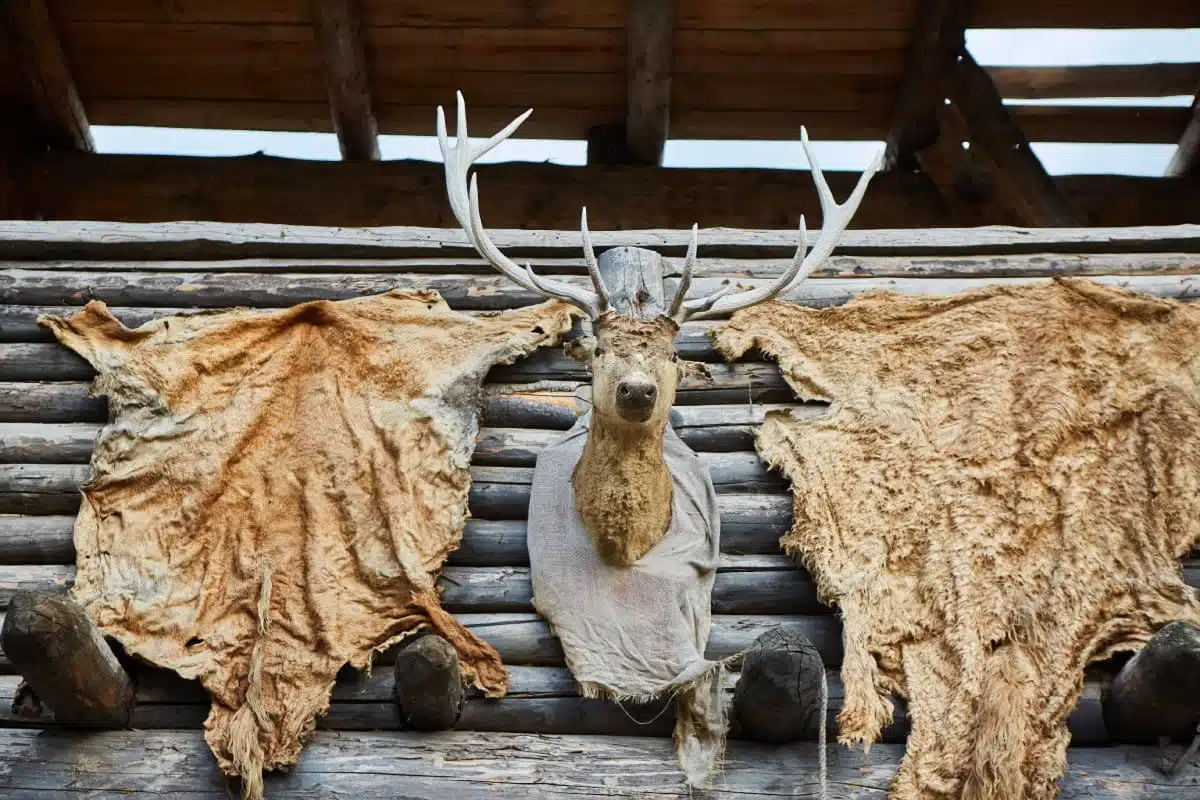The Viking Trail is an epic journey into the world of the Norse explorers, warriors, and settlers who crossed the North Atlantic over a thousand years ago, reaching the shores of Greenland, Iceland, and North America. This trail is a route through history, offering insights into the Viking way of life, their incredible seafaring skills, and their interactions with the lands and peoples they encountered. The trail spans modern-day countries, each rich in Viking heritage, and is marked by UNESCO World Heritage Sites, ancient settlements, and museums dedicated to Viking culture.
1. Reykjavik and the Saga Museum, Iceland
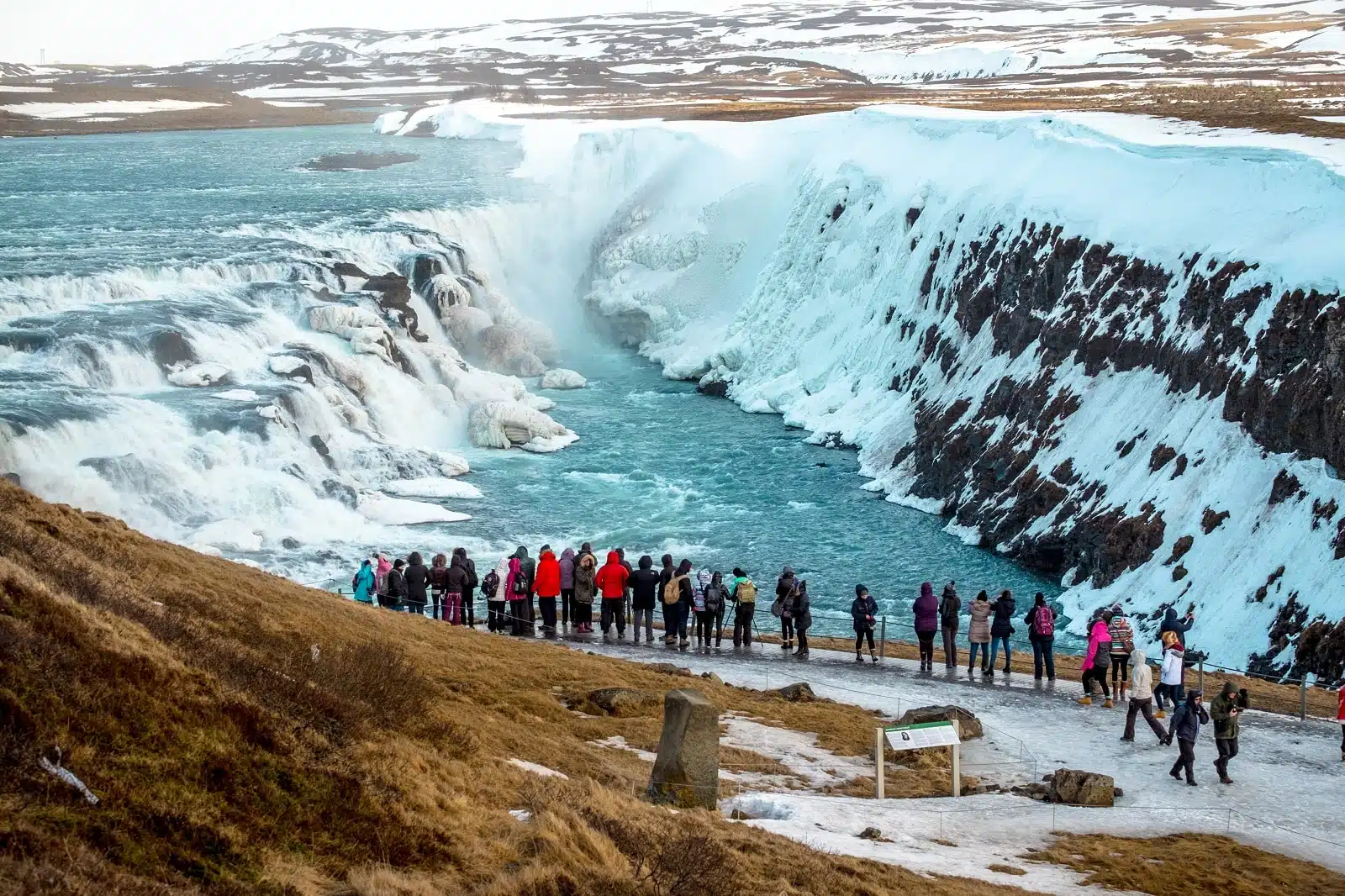
Image Credit: Shutterstock / lenggirl
Reykjavik, Iceland’s capital, is the perfect starting point for the Viking Trail. The city is home to the Saga Museum, which brings the Viking Age to life through realistic silicone figures depicting significant moments in Icelandic sagas. Visitors can immerse themselves in the world of the Vikings, understanding their daily lives, battles, and explorations. The museum is located near the harbor, offering insights into the importance of seafaring in Viking culture. Reykjavik is steeped in Norse history, with numerous sites, monuments, and museums dedicated to its early settlers and their sagas.
Insider’s Tip: After visiting the Saga Museum, take a stroll along the old harbor, where you can find traditional Icelandic cuisine and handcrafted souvenirs that reflect Viking craftsmanship. The harbor area also offers boat tours that trace the maritime routes of the Vikings, providing a unique perspective on their journeys.
When to Travel: The best time to visit Reykjavik for mild weather and extended daylight hours is from May to August, though the Northern Lights are best seen from September to April.
How to Get There: Reykjavik is accessible via international flights to Keflavik International Airport, located about 50 km from the city center. From there, buses, taxis, and rental cars are available to reach Reykjavik.
2. L’Anse aux Meadows, Newfoundland, Canada
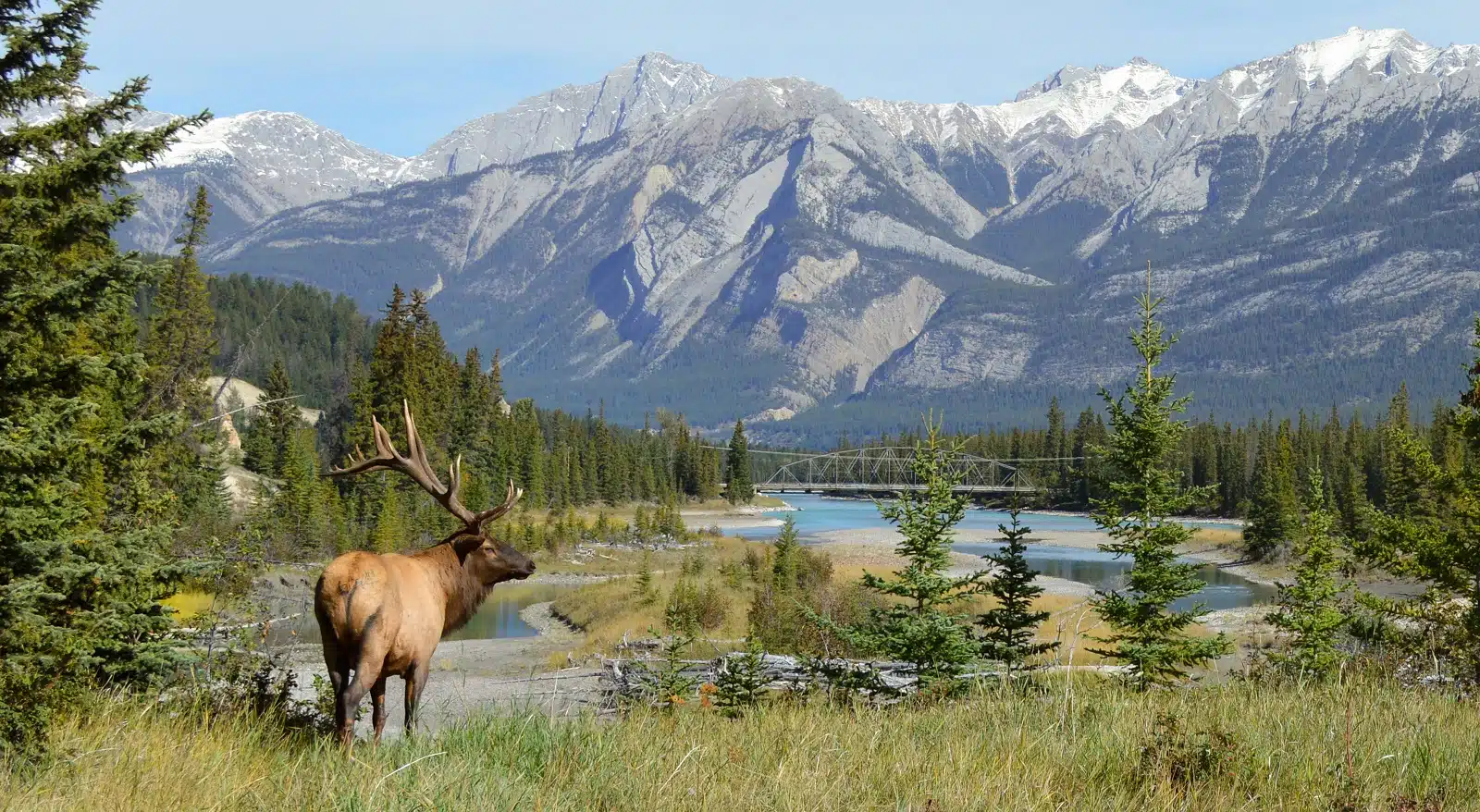
Image Credit: Shutterstock / Weekend Warrior Photos
L’Anse aux Meadows, a UNESCO World Heritage Site located at the northern tip of Newfoundland, is the only authenticated Norse site in North America and the foundation of Viking exploration history. This site consists of the remains of an 11th-century Viking settlement, including timber-framed houses that Norse explorers once called home. The on-site visitors’ center offers detailed exhibitions on the Viking lifestyle, their voyages across the North Atlantic, and the significance of this settlement in pre-Columbian transatlantic contact.
Insider’s Tip: For a truly immersive experience, visit L’Anse aux Meadows during the annual Viking Festival in July. You’ll witness reenactments, traditional Norse craft demonstrations, and even have the chance to participate in workshops that teach ancient Viking skills.
When to Travel: Summer months, from June to August, offer the most favorable weather for exploring the outdoor historical site and participating in the Viking Festival.
How to Get There: The nearest major airport is in Deer Lake, Newfoundland, which is about a 4.5-hour drive from L’Anse aux Meadows. Car rental is the most convenient way to reach the site, allowing for stops along the picturesque Viking Trail route.
3. Thingvellir National Park, Iceland
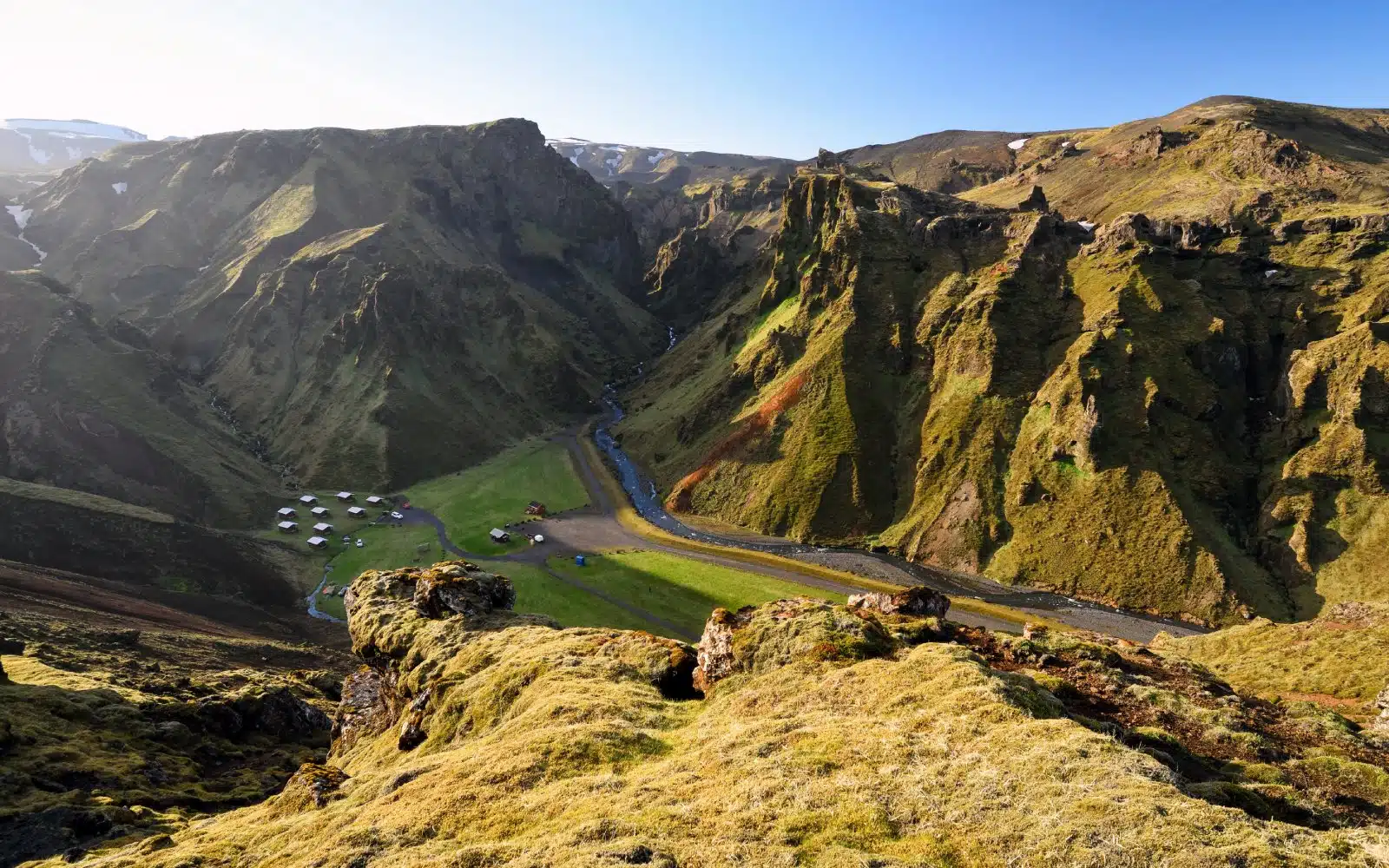
Image Credit: Shutterstock / Tommy Larey
Thingvellir National Park, a site of historical, cultural, and geological significance in Iceland, is also a UNESCO World Heritage Site. It was the location of Iceland’s first parliament, the Althing, established by the Norse settlers in the 10th century and is considered one of the world’s oldest parliamentary institutions. The park’s dramatic landscape, marked by rift valleys and the Silfra fissure, tells the tale of the North Atlantic Ridge’s tectonic movements. Thingvellir represents the confluence of Iceland’s Viking heritage and its extraordinary natural beauty.
Insider’s Tip: Don’t miss the opportunity to snorkel or dive in the Silfra fissure, where you can float between two tectonic plates. The clarity of the water and the vivid colors of the underwater world make for an unforgettable experience.
When to Travel: Thingvellir is accessible year-round, but the best conditions for outdoor activities and diving in Silfra are from May to September.
How to Get There: Thingvellir is about 45 km northeast of Reykjavik, easily reached by car via Route 36. The drive offers stunning views of Iceland’s landscapes.
4. The Viking Ship Museum, Oslo, Norway
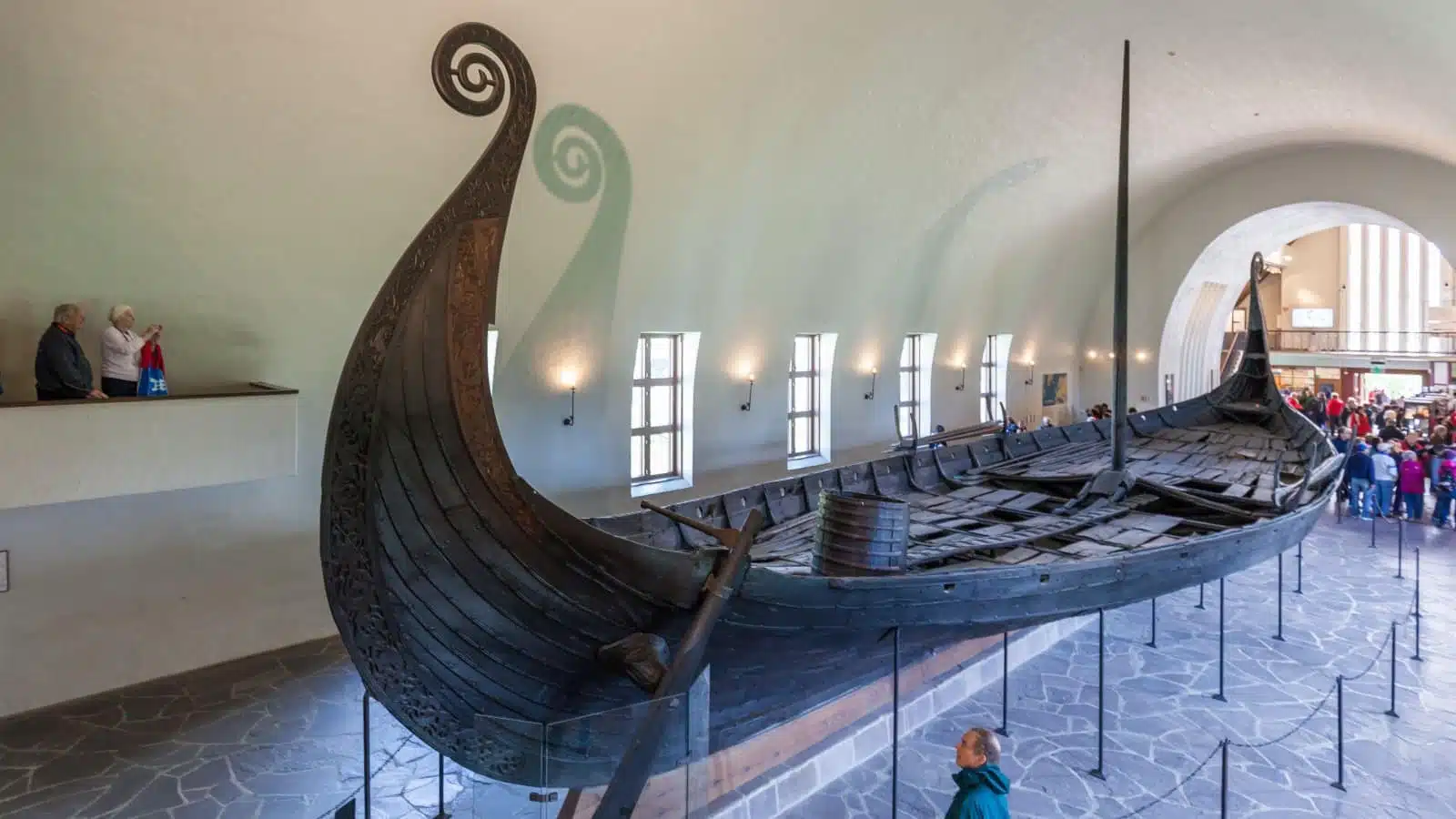
Image Credit: Shutterstock / JHVEPhoto
The Viking Ship Museum in Oslo houses some of the best-preserved Viking ships in the world, along with a wealth of artifacts from the Viking Age. The museum’s highlights include the Oseberg ship, known for its intricate woodcarvings, and the Gokstad ship, a great example of Viking shipbuilding skill. These artifacts offer insights into the maritime expertise of the Vikings and their journeys across the seas. The museum also explores the societal roles and daily lives of the Vikings.
Insider’s Tip: Plan your visit to coincide with one of the museum’s special exhibitions or public lectures, which offer deeper dives into specific aspects of Viking culture and history.
When to Travel: The museum is open year-round, but visiting from May to August allows you to enjoy Oslo’s vibrant summer atmosphere.
How to Get There: The Viking Ship Museum is located on the Bygdøy Peninsula in Oslo. It can be reached by bus, ferry (in the summer months), or car from the city center.
5. Jelling, Denmark
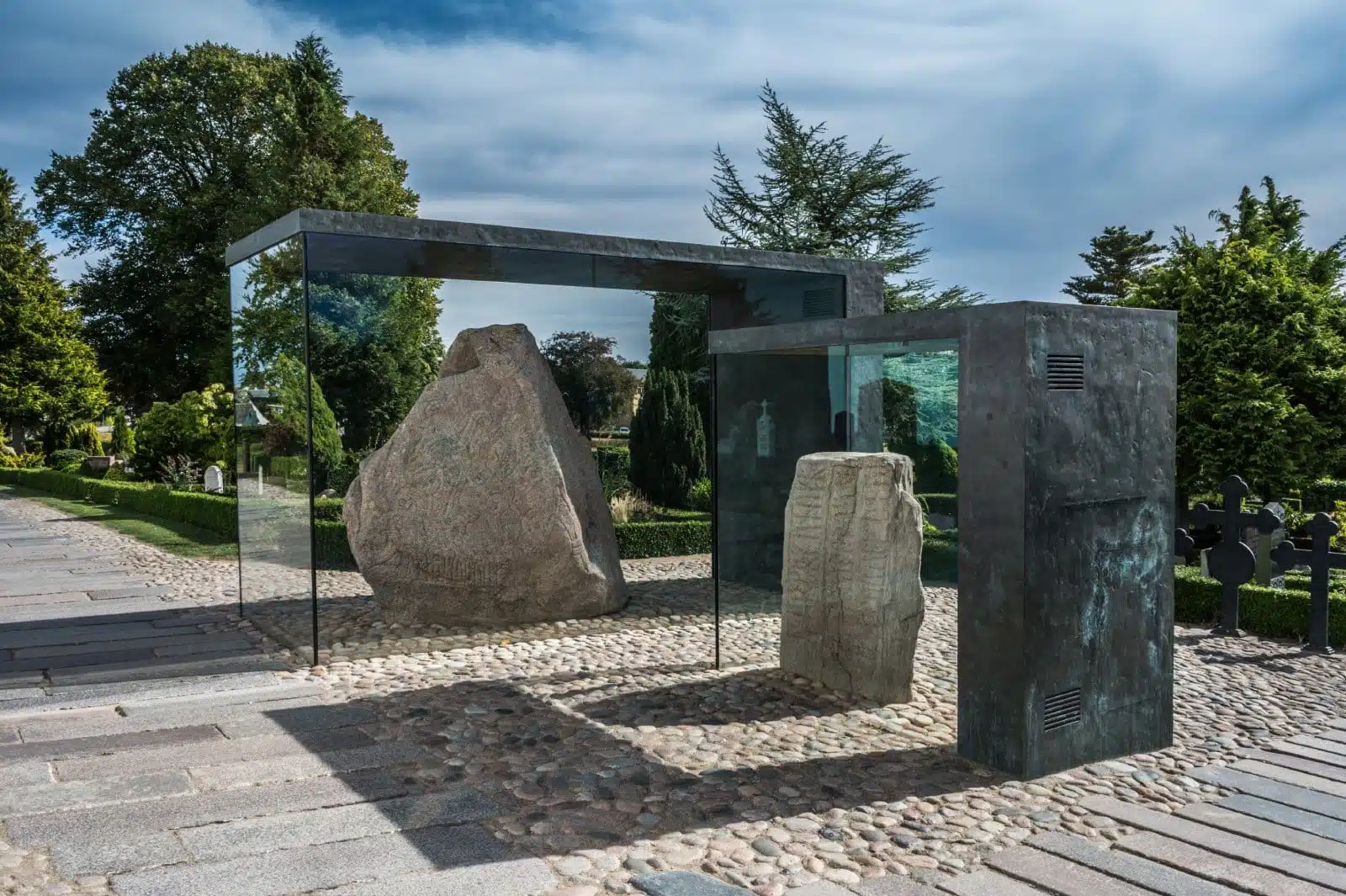
Image Credit: Shutterstock / Kenneth Bagge Jorgensen
Jelling in Denmark is known as the “birthplace of Denmark,” a site of immense historical significance to the Viking Age and Danish heritage. The Jelling monuments, comprising massive runic stones, burial mounds, and a church, are UNESCO World Heritage Sites. The larger of the two runic stones, erected by King Harald Bluetooth in the 10th century, is often referred to as “Denmark’s birth certificate,” as it bears the earliest known reference to the name “Denmark.” The site encapsulates the transition from Norse paganism to Christianity, marking a pivotal point in Scandinavian history.
Insider’s Tip: The interactive exhibition at the Jelling visitor center uses modern technology to bring the Viking Age to life, offering a captivating experience for all ages. Don’t miss the light show projected onto the runic stones after dusk.
When to Travel: Jelling is accessible throughout the year, but the best time to visit is from April to October, when the weather is more conducive to outdoor exploration.
How to Get There: Jelling is in central Denmark, easily accessible by train or car from major Danish cities like Aarhus and Odense.
6. The Greenland National Museum, Nuuk, Greenland

Image Credit: Pexels / Shvets Anna
The Greenland National Museum in Nuuk, the capital of Greenland, offers insights into the lives of the Norse settlers who lived in Greenland for almost 500 years and the indigenous Inuit cultures. The museum’s extensive collection includes traditional boats, costumes, mummies, and the famous Qilakitsoq mummies, providing a comprehensive narrative of human habitation in Greenland from the earliest times to the present. The Norse collection, in particular, sheds light on the daily life, culture, and eventual disappearance of the Greenlandic Norse communities.
Insider’s Tip: Make sure to attend a guided tour to better understand the Norse artifacts and their significance in Greenland’s history. The stories behind these artifacts bring the Viking Age and Norse sagas to life in a compelling way.
When to Travel: The best time to visit Nuuk for favorable weather conditions is from June to September.
How to Get There: Nuuk is accessible by air from Reykjavik, Iceland, and Copenhagen, Denmark. The museum is located in the city center, within walking distance from most accommodations.
7. Viking Valley, Gudvangen, Norway

Image Credit: Shutterstock / Vladimir1984
Viking Valley in Gudvangen, nestled in the heart of Norway’s stunning fjord country, is a living history museum where visitors can experience Viking culture firsthand. The valley hosts Njardarheimr Viking Village, where every detail is designed to create an authentic Viking Age environment. Visitors can engage in various activities, such as archery, axe throwing, and traditional crafts, or enjoy guided tours that explore Viking laws, beliefs, and daily life.
Insider’s Tip: Participate in one of the Viking feasts for an unforgettable culinary experience, where you can enjoy traditional dishes in a communal setting, just as the Vikings did.
When to Travel: The Viking Valley is open to visitors from May to October, with the summer months offering the most extensive program of activities and events.
How to Get There: Gudvangen is located about 2.5 hours by car from Bergen. Public buses and seasonal fjord cruises also connect Gudvangen with other destinations in the region.
8. Birka, Sweden
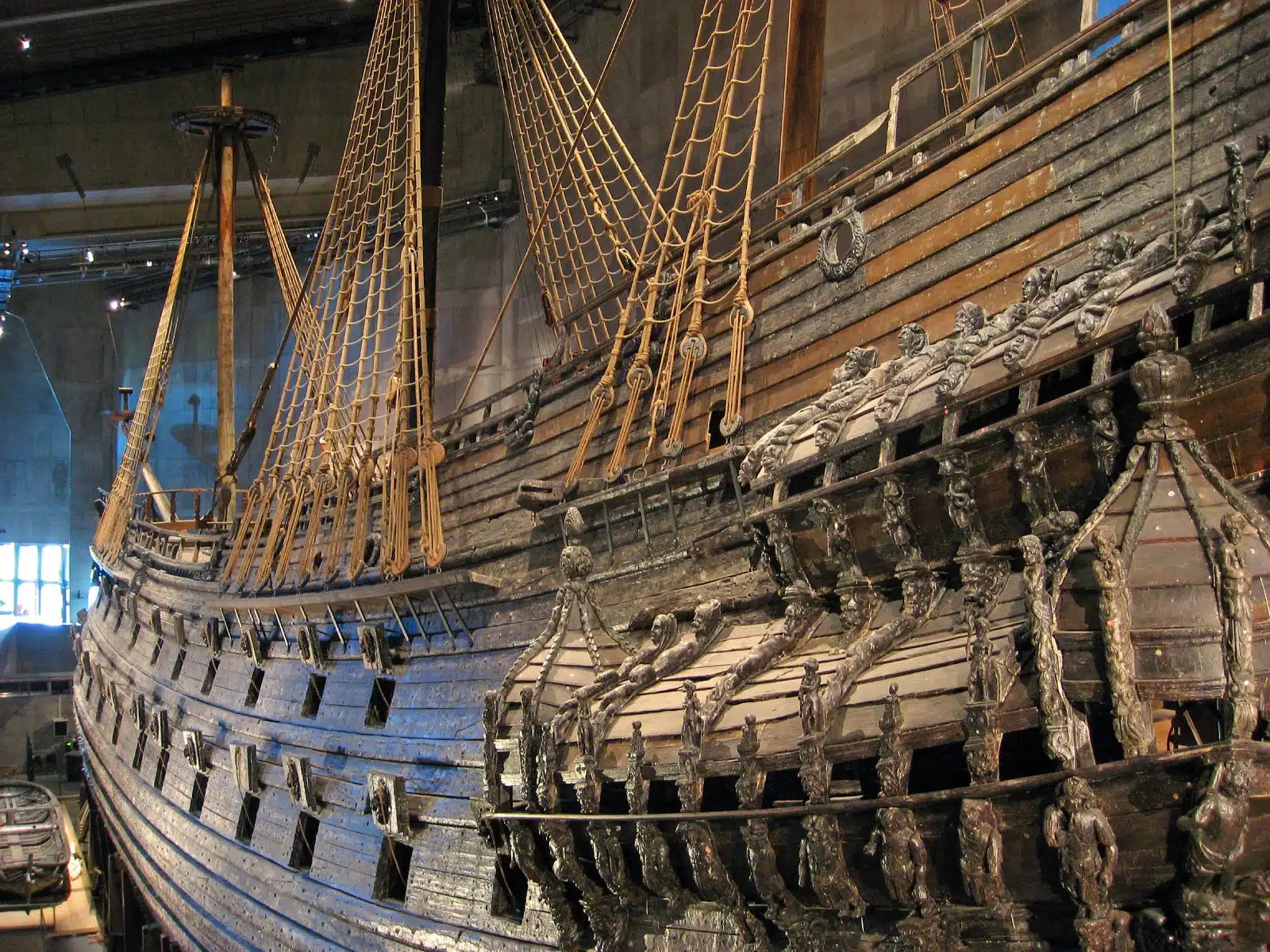
Image Credit: Shutterstock / Willem Tims
Birka, on the island of Björkö in Lake Mälaren, Sweden, was one of the most important Viking trading centers between the 8th and 10th centuries. Today, it is a UNESCO World Heritage Site and one of the most significant archaeological sites in Scandinavia, offering insights into the Vikings’ extensive trade networks, social structures, and daily life. The Birka Museum provides detailed exhibitions on the archaeological findings from the site, including tools, jewelry, and weapons, while reconstructed buildings and guided tours bring the Viking Age to life.
Insider’s Tip: Take a guided tour to the archaeological fields where new discoveries are still being made, offering a rare chance to see Viking history still in the process of being uncovered.
When to Travel: Birka is best visited from May to September when guided tours and boat services from Stockholm are most frequent.
How to Get There: Birka is accessible by boat from Stockholm, with several operators offering day trips to the island during the tourist season.
9. York Viking Festival, York, England
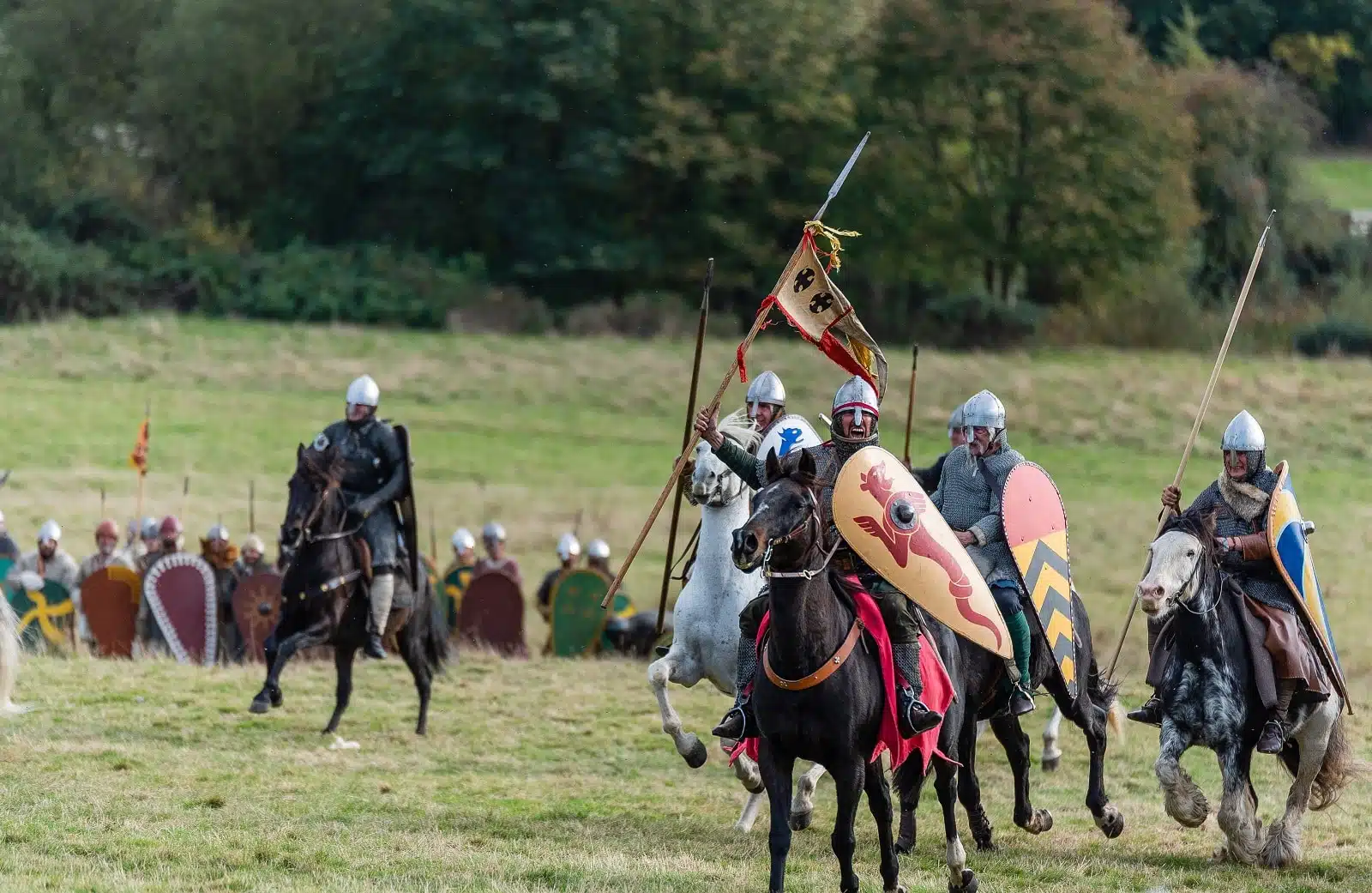
Image Credit: Shutterstock / Baby-Spider
The York Viking Festival, held annually in February, celebrates York’s (Jorvik’s) Viking heritage, one of England’s most significant Norse settlements. The festival features a variety of events, including battle reenactments, Viking camps, workshops, lectures, and a parade. It’s a deep dive into Viking culture, emphasizing the historical impact of the Norse on the British Isles. The Jorvik Viking Centre, the festival’s focal point, offers year-round exhibitions on Viking life in York based on archaeological finds from the site.
Insider’s Tip: Attend the evening events, such as the Viking feast or the march through York, for a truly immersive experience, where the ancient city comes alive with the spirit of its Norse ancestors.
When to Travel: The festival takes place in February, offering a unique winter experience of Viking culture.
How to Get There: York is easily accessible by train from major cities in the UK, including London, Manchester, and Edinburgh. The Jorvik Viking Centre and festival events are located within the historic city center.
10. The Westfjords, Iceland
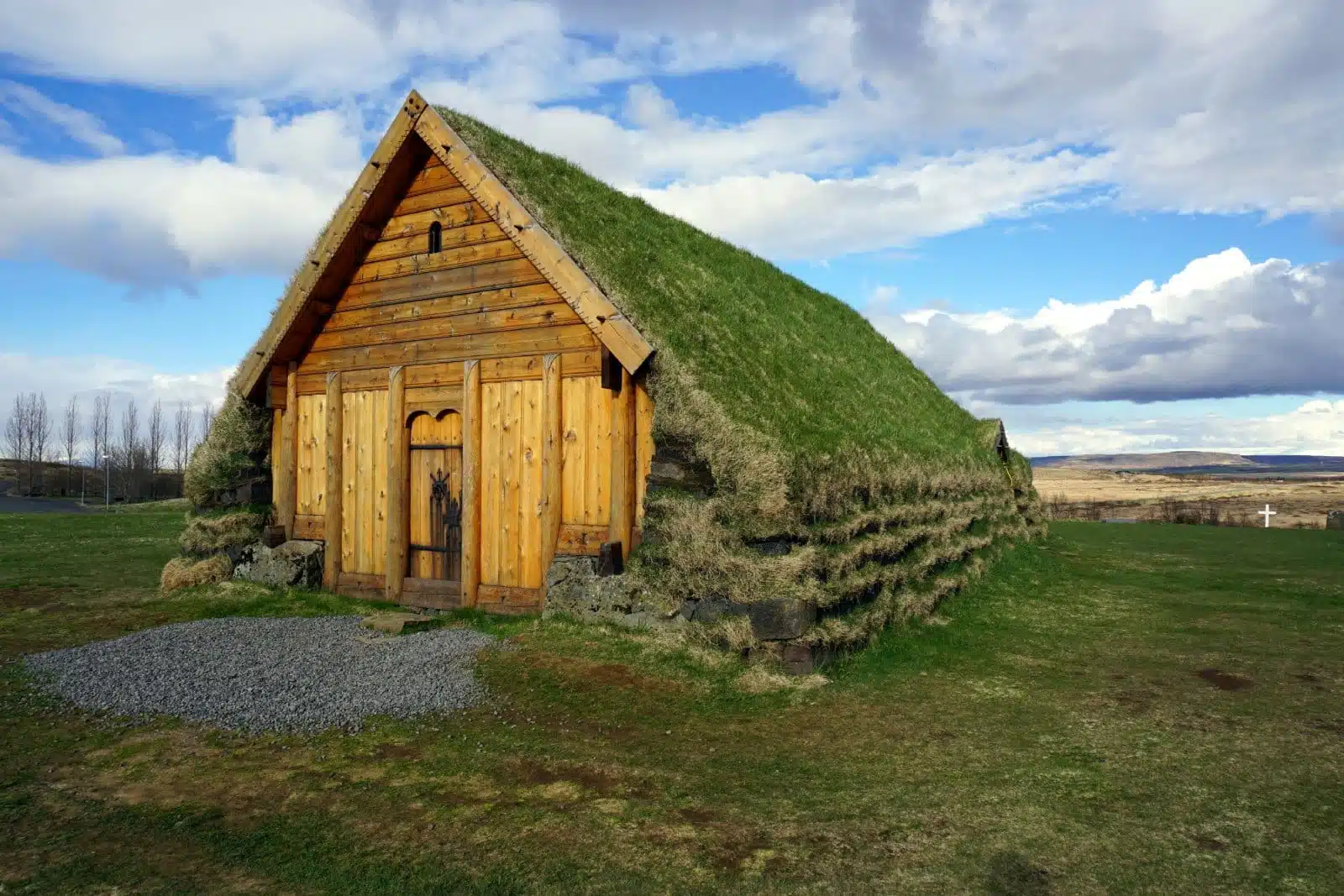
Image Credit: Shutterstock / Ludovic Farine
The Westfjords region of Iceland, with its dramatic landscapes and remote location, offers a glimpse into the rugged life of the Vikings in one of the first parts of Iceland they settled. The area is known for its steep cliffs, deep fjords, and ancient sagas. The Westfjords Heritage Museum in Ísafjörður provides insights into the maritime and settlement history of the Vikings in the region, with artifacts, boats, and exhibitions on the sagas that tell the stories of their lives and exploits.
Insider’s Tip: Explore the remote settlements and natural hot springs in the Westfjords to experience the isolation and beauty that have remained unchanged since the Viking Age. It’s a chance to connect with the landscape that shaped the sagas.
When to Travel: The best time to visit the Westfjords is from June to August when the roads are fully accessible, and the weather is more accommodating for exploration.
How to Get There: The Westfjords are accessible by car from Reykjavik, though the drive can be long and challenging. Domestic flights to Ísafjörður offer a quicker alternative.
The Bottom Line
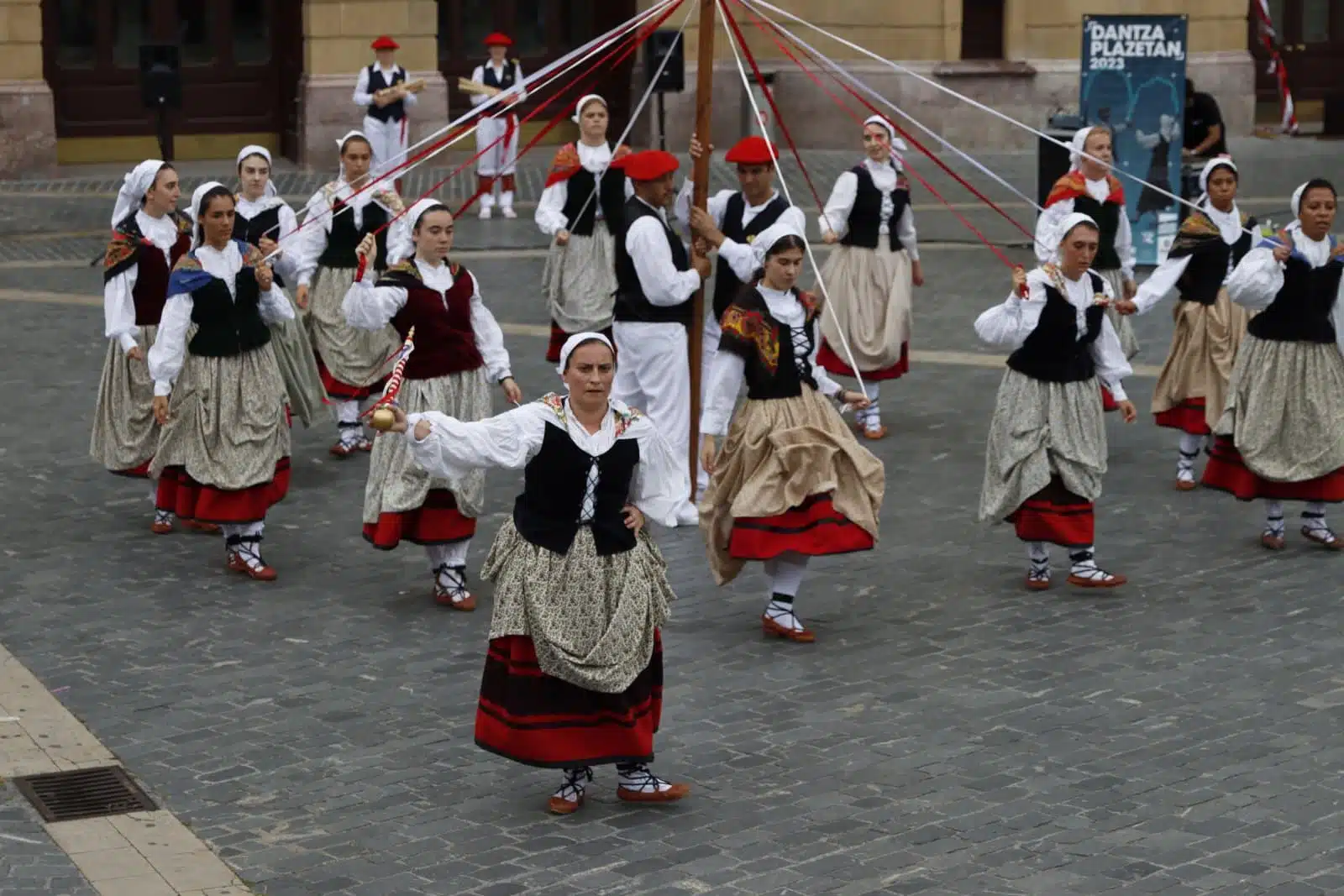
Image Credit: Shutterstock / Laiotz
Each destination along the trail offers a unique perspective on the Viking Age, from their daily lives and social structures to their remarkable achievements in exploration and settlement. As you follow in the footsteps of the Norse explorers, take the time to immerse yourself in the rich stories, landscapes, and heritage that make up the Viking legacy. Whether you’re standing in the ruins of a Viking settlement in Newfoundland, participating in a feast in Norway, or exploring the sagas of Iceland, you’re connecting with a pivotal era in history that continues to fascinate and inspire.
More From The Green Voyage
Top 10 Trending Travel Destinations 2024
6 Essential Banking Apps for International Travel – Managing Your Finances on the Go
Traveling With Kids – 10 Tips to Create Memorable Family Holidays
The post 10 Viking Trails 2024 – Following the Footsteps of Norse Explorers first appeared on The Green Voyage.
Featured Image Credit: Shutterstock / Natalia Kirsanova.
For transparency, this content was partly developed with AI assistance and carefully curated by an experienced editor to be informative and ensure accuracy.
Tips for Trip Success
Book Your Flight
Find an inexpensive flight by using Kayak, a favorite of ours because it regularly returns less expensive flight options from a variety of airlines.
Book Your Hotel or Special Accommodation
We are big fans of Booking.com. We like their review system and photos. If we want to see more reviews and additional booking options, we go to Expedia.
You Need Travel Insurance!
Good travel insurance means having total peace of mind. Travel insurance protects you when your medical insurance often will not and better than what you get from your credit card. It will provide comprehensive coverage should you need medical treatment or return to the United States, compensation for trip interruption, baggage loss, and other situations.Find the Perfect Insurance Plan for Your Trip
